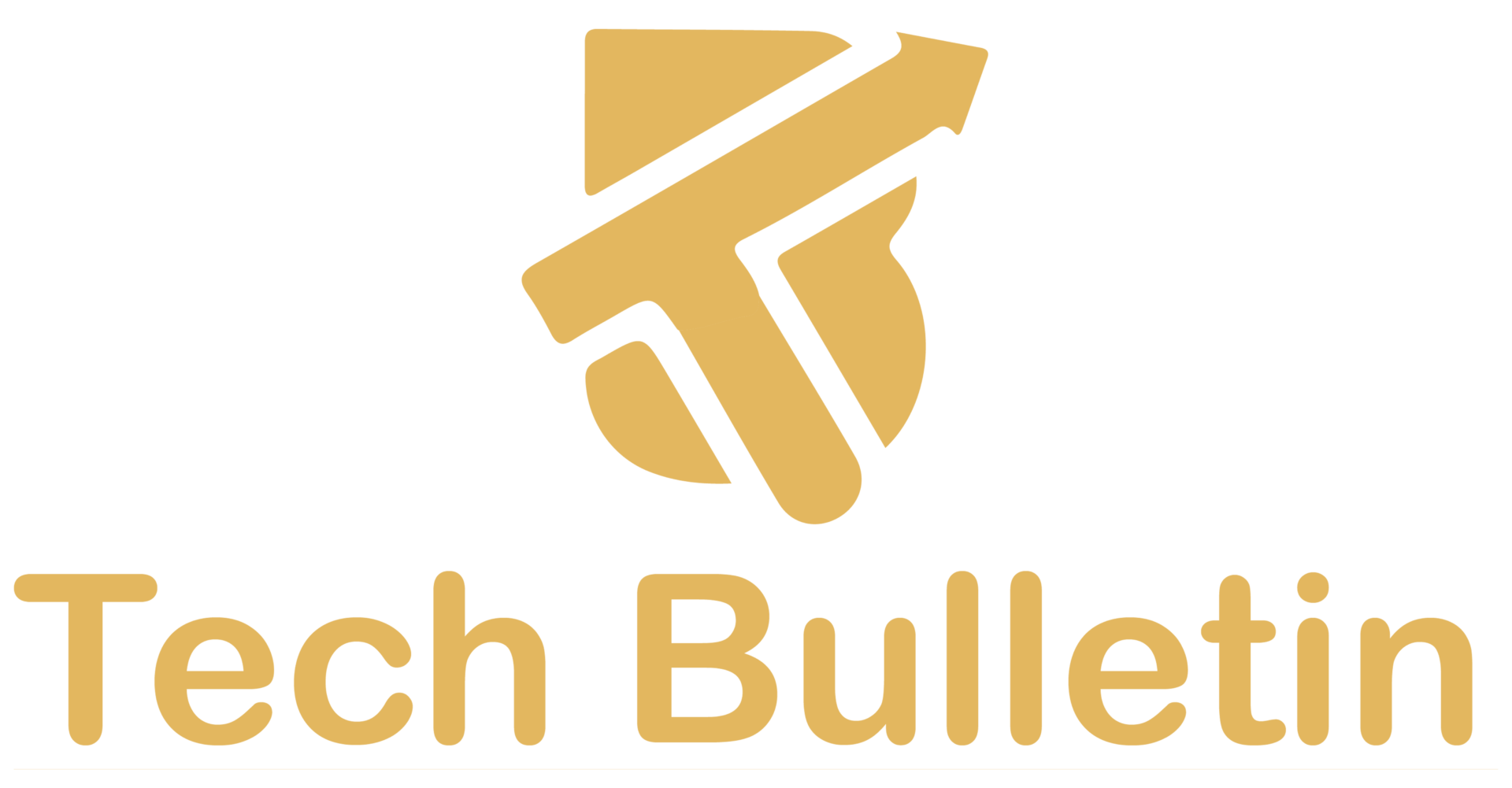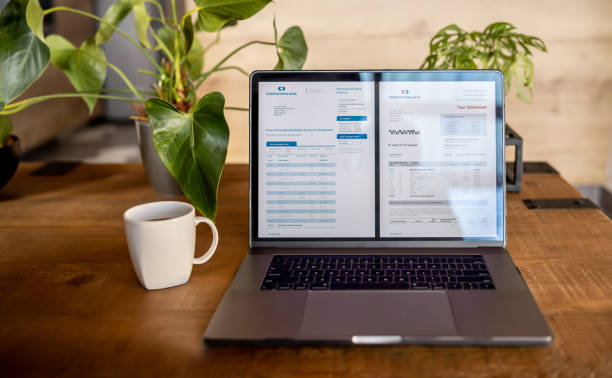7 Top Ways for Optimizing Marketing Automation Workflows

Marketing teams thrive when optimizing marketing automation workflows to turn busywork into seamless, revenue-generating journeys. Ready to sharpen yours? Let’s dive in.
1. Audit and Map Your Current Workflow
Why start with an audit?
You can’t fix what you can’t see. Sketch every trigger, email, and delay.
Quick action steps
- List all workflows.
- Note each goal, segment, and KPI.
- Highlight bottlenecks—long delays, low open rates, or dead ends.
“A clear map reduces workflow errors by 30%,” says HubSpot’s Automation Lead, Priya Singh (2025 report).
2. Use Data-Driven Segmentation for Optimizing Marketing Automation Workflows

Segment deeper than demographics
Move past age or industry. Use behavior, purchase history, and engagement scores.
Micro-segments boost ROI
- Mailchimp saw a 760% lift in revenue from segmented campaigns (2024 benchmark study).
- Unsegmented blasts risk 14% higher unsubscribe rates.
3. Align Content Timing to Buyer Journey for Optimizing Marketing Automation Workflows
Map content to intent
- Awareness: Short, value-packed blogs.
- Consideration: Case studies and demos.
- Decision: Limited-time offers.
Timing matters
Send touchpoints within 10 minutes of a trigger. Response rates drop 80% after one hour.
4. Incorporate Dynamic Personalization in Optimizing Marketing Automation Workflows
Personalize beyond first names
Swap entire text blocks, images, or CTAs based on behavior.
Case study: SaaSPro
Dynamic CTAs lifted free-trial signups by 52% in three months.
5. Test and Iterate Workflow Steps
A/B every key element
Subject lines, send times, and offers all affect conversions.
Rapid test loop
- Form a hypothesis.
- Split traffic 50/50.
- Measure a single metric.
- Roll out the winner.
6. Integrate Multi-Channel Touchpoints into Optimizing Marketing Automation Workflows
Go beyond email
Include SMS, push, chatbots, and social retargeting.
Omnichannel results
Omnisend found campaigns using three channels earned 494% higher order rates than single-channel sends.
7. Track Metrics and Automate Feedback Loops
Key metrics table
| Metric | Pre-Optimization | Post-Optimization | Uplift |
| Open Rate | 18% | 27% | +50% |
| Click-Through Rate | 2.5% | 5.0% | +100% |
| Lead-to-Customer | 8% | 12% | +50% |
| Revenue / Email | $0.48 | $1.02 | +112% |
Build auto-alerts
Create webhook alerts when KPIs dip below targets. Fix issues fast.
Pros & Cons of Heavy Automation

Pros
- Saves time and budget
- Scales personalization
- Provides consistent follow-up
Cons
- Risk of sounding robotic
- Complex systems need upkeep.
- Data privacy must stay compliant.t
FAQs
Q1. What tools help in optimizing marketing automation workflows?
Popular choices include HubSpot, ActiveCampaign, and Klaviyo. Pick one that integrates with your CRM.
Q2. How often should I audit workflows?
Quarterly is ideal, or after major product or audience changes.
Q3. Is dynamic content hard to set up?
Most modern platforms offer drag-and-drop rules, making setup quick.
Q4. What’s a healthy email open rate after optimization?
Aim for 25–30% or higher, depending on your industry.
Q5. How do I avoid over-automation fatigue?
Limit touchpoints, offer value in every message, and respect user preferences.
Q6. Can small businesses benefit from automation?
Absolutely. Start with one nurture sequence and scale as you grow.
Q7. What metrics signal workflow success?
Monitor open rates, click-throughs, conversion rates, and revenue per email.
Conclusion
By optimizing marketing automation workflows, you streamline tasks, boost engagement, and drive predictable revenue—without burning out your team.
Also read: 5 Best Tools to Automate Sales Workflow







